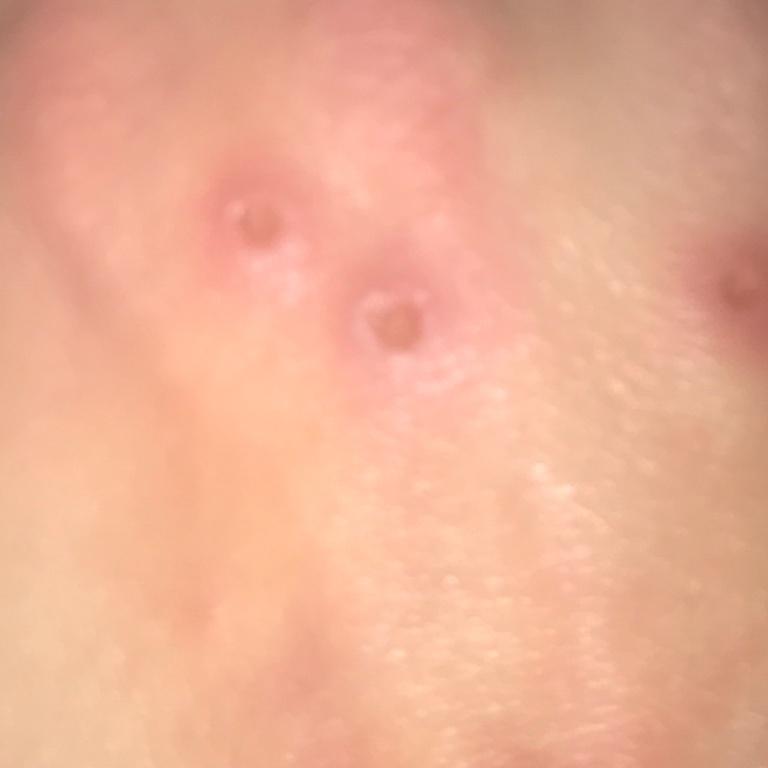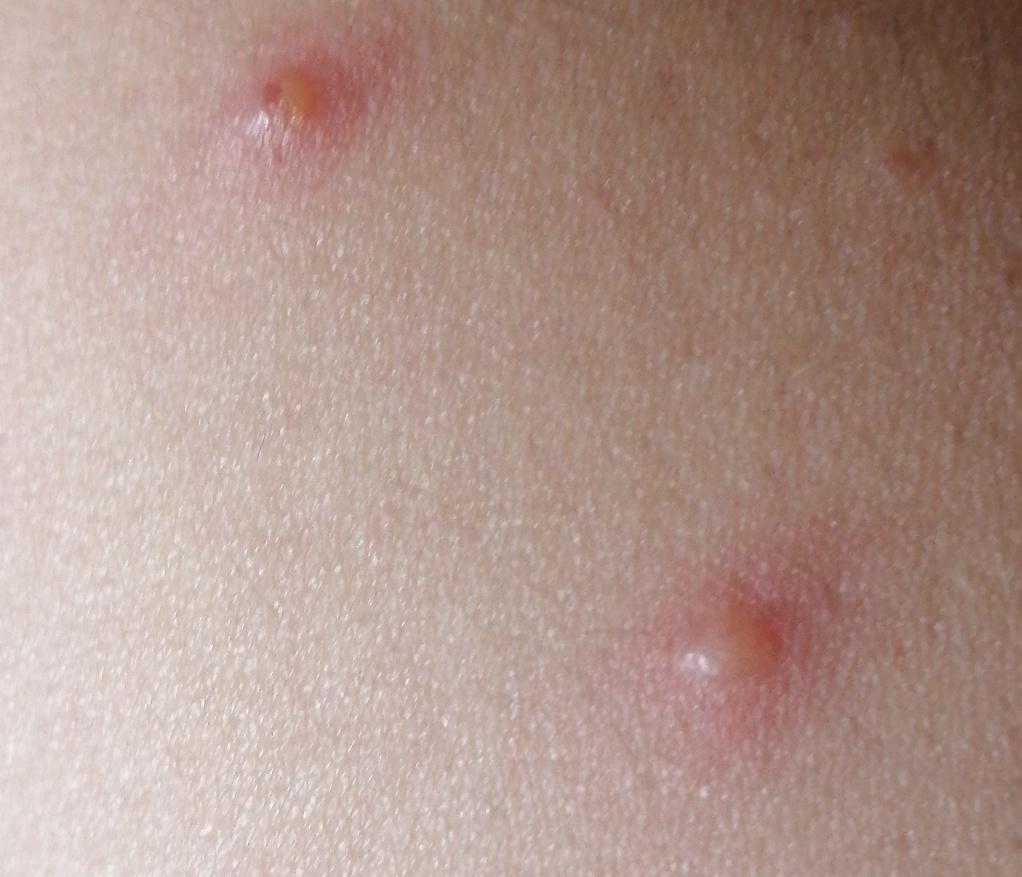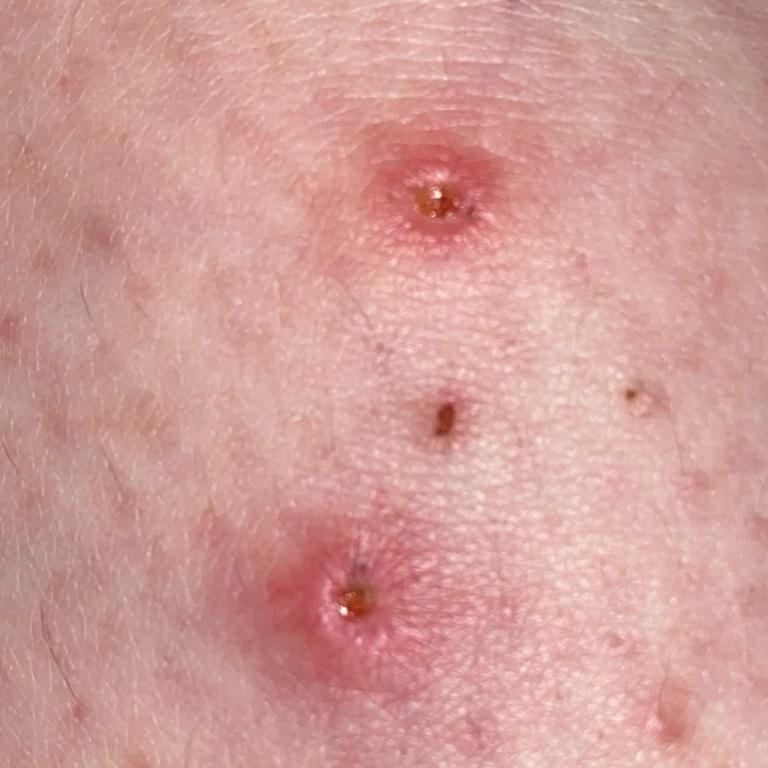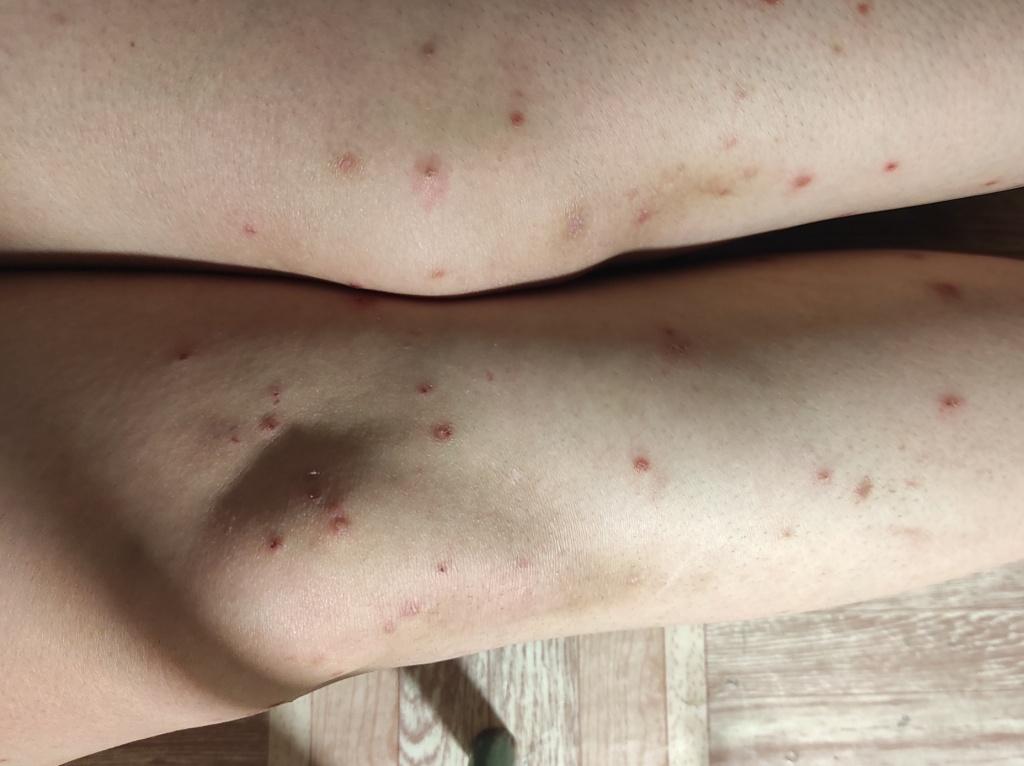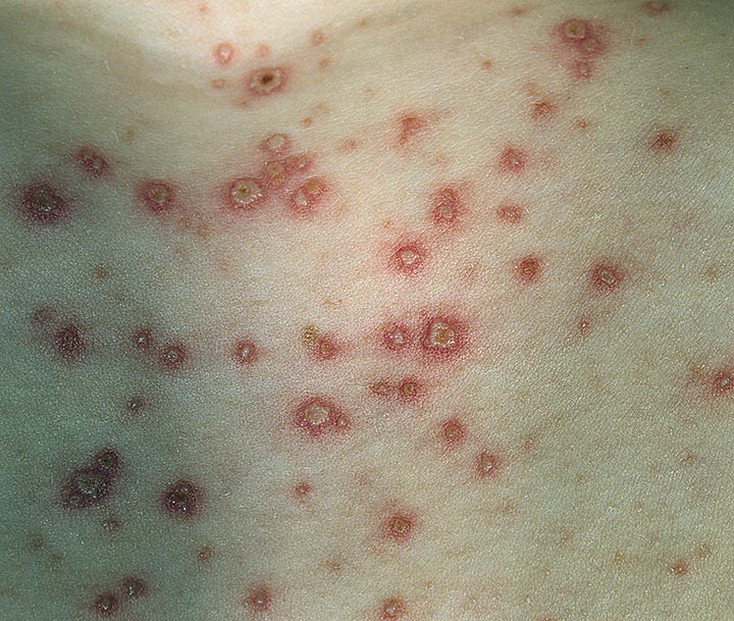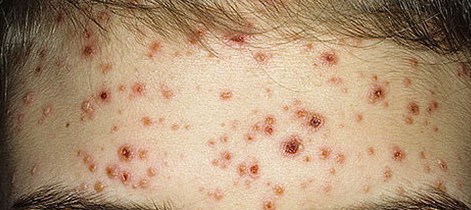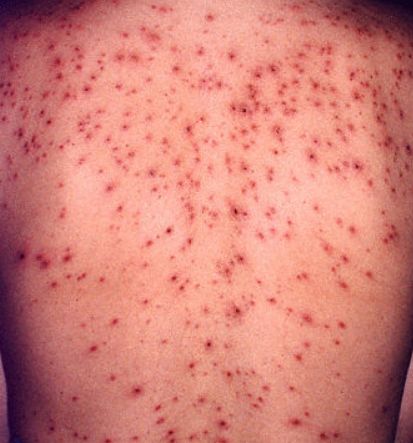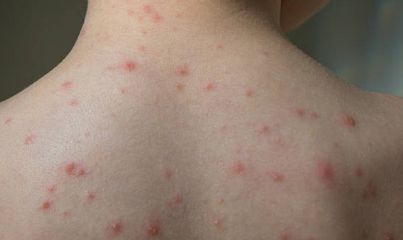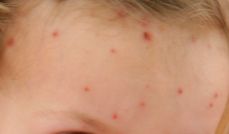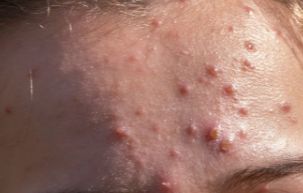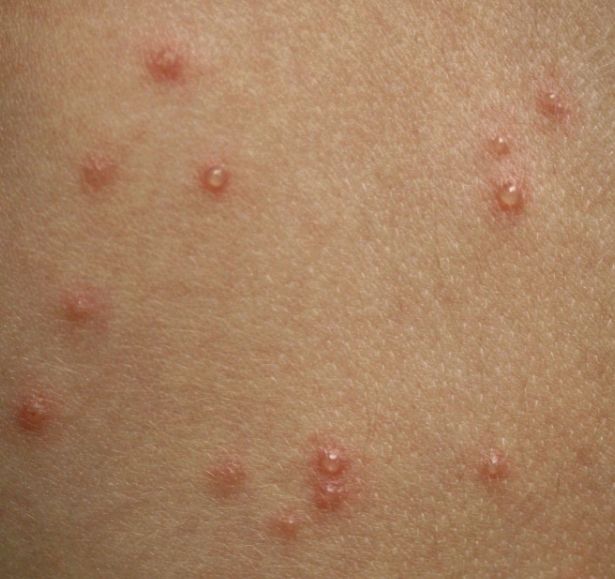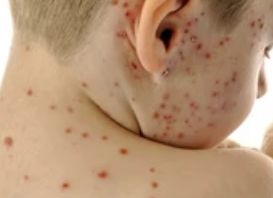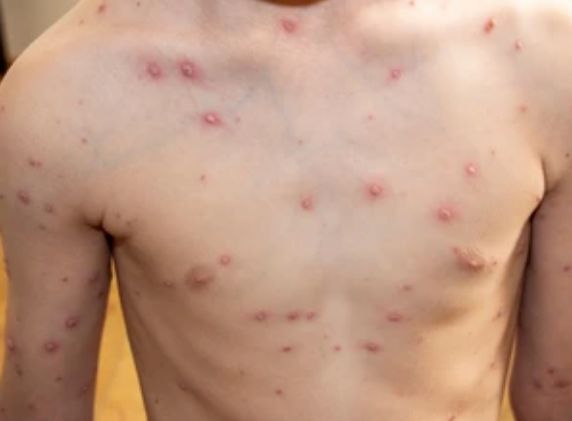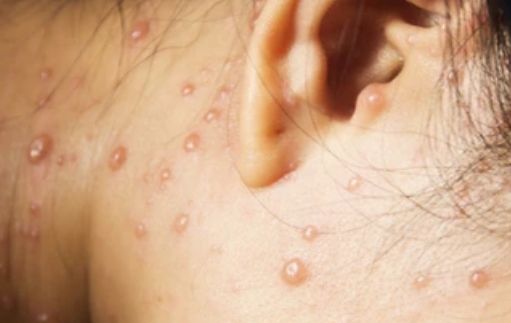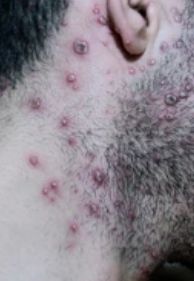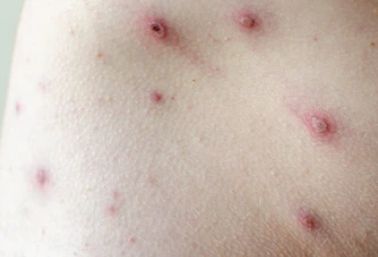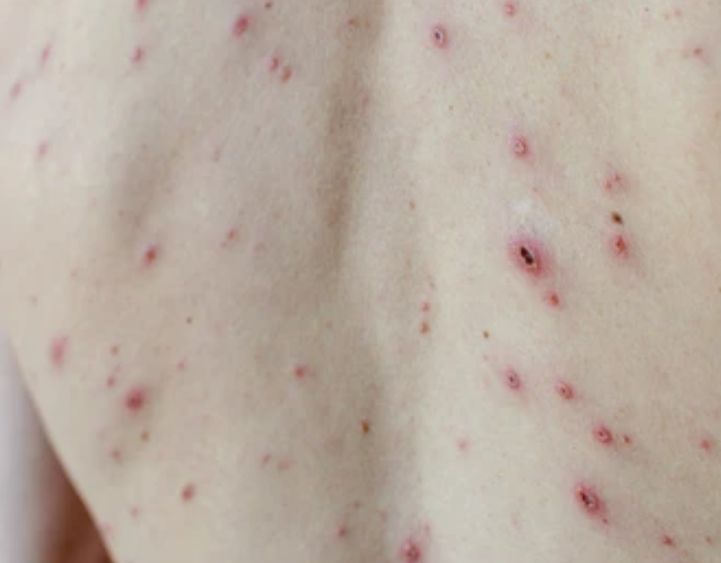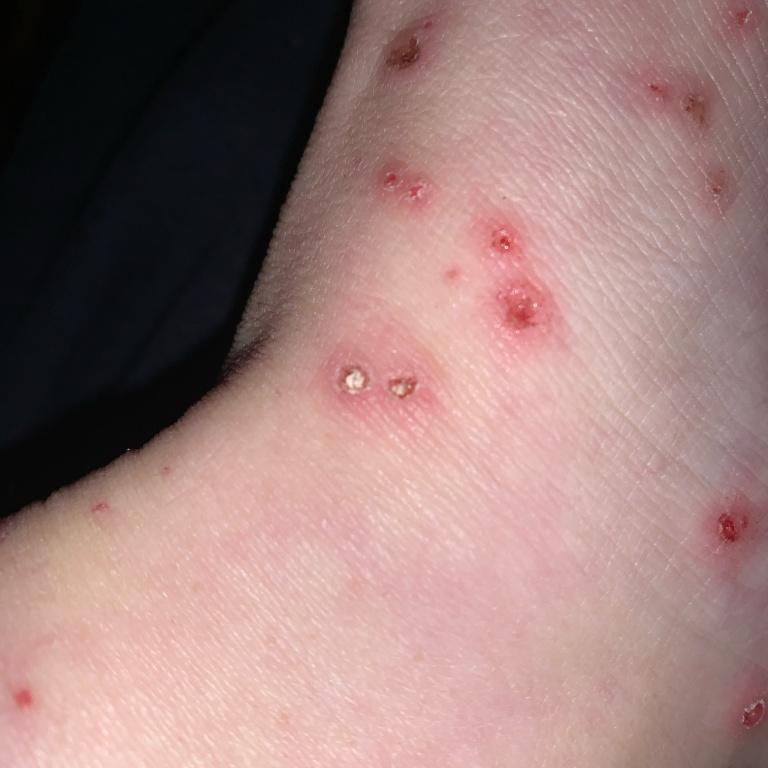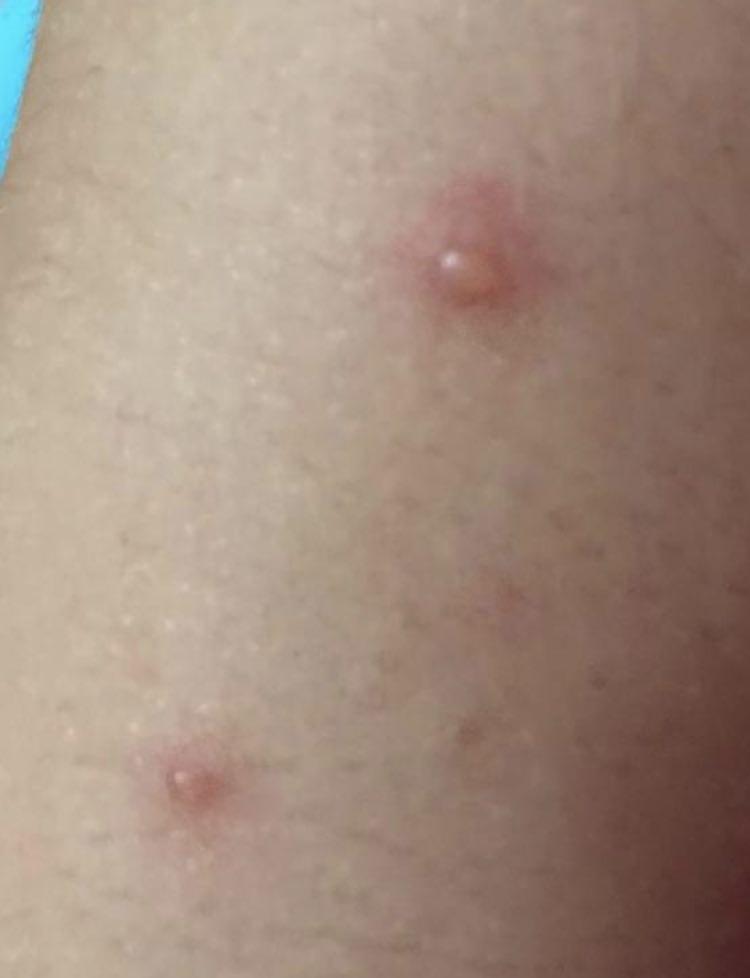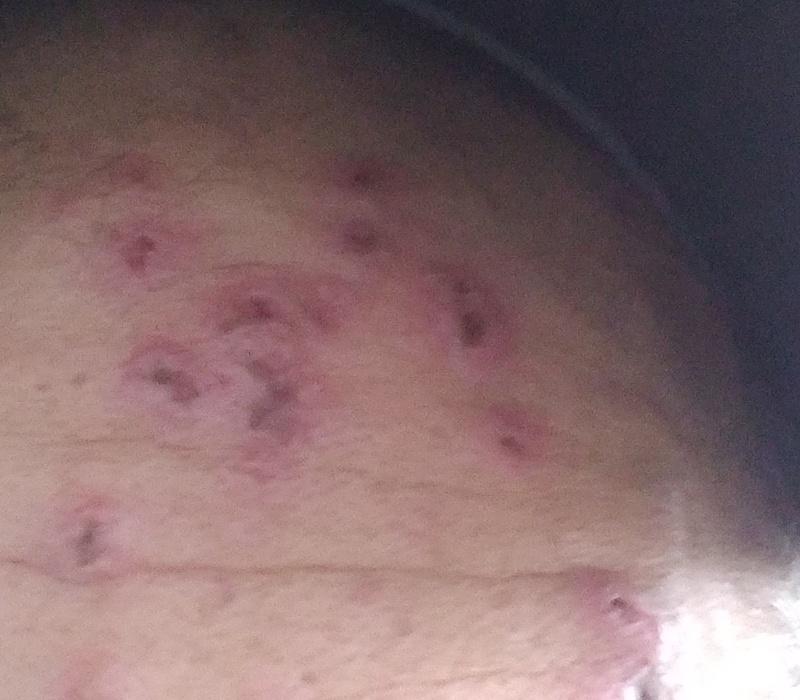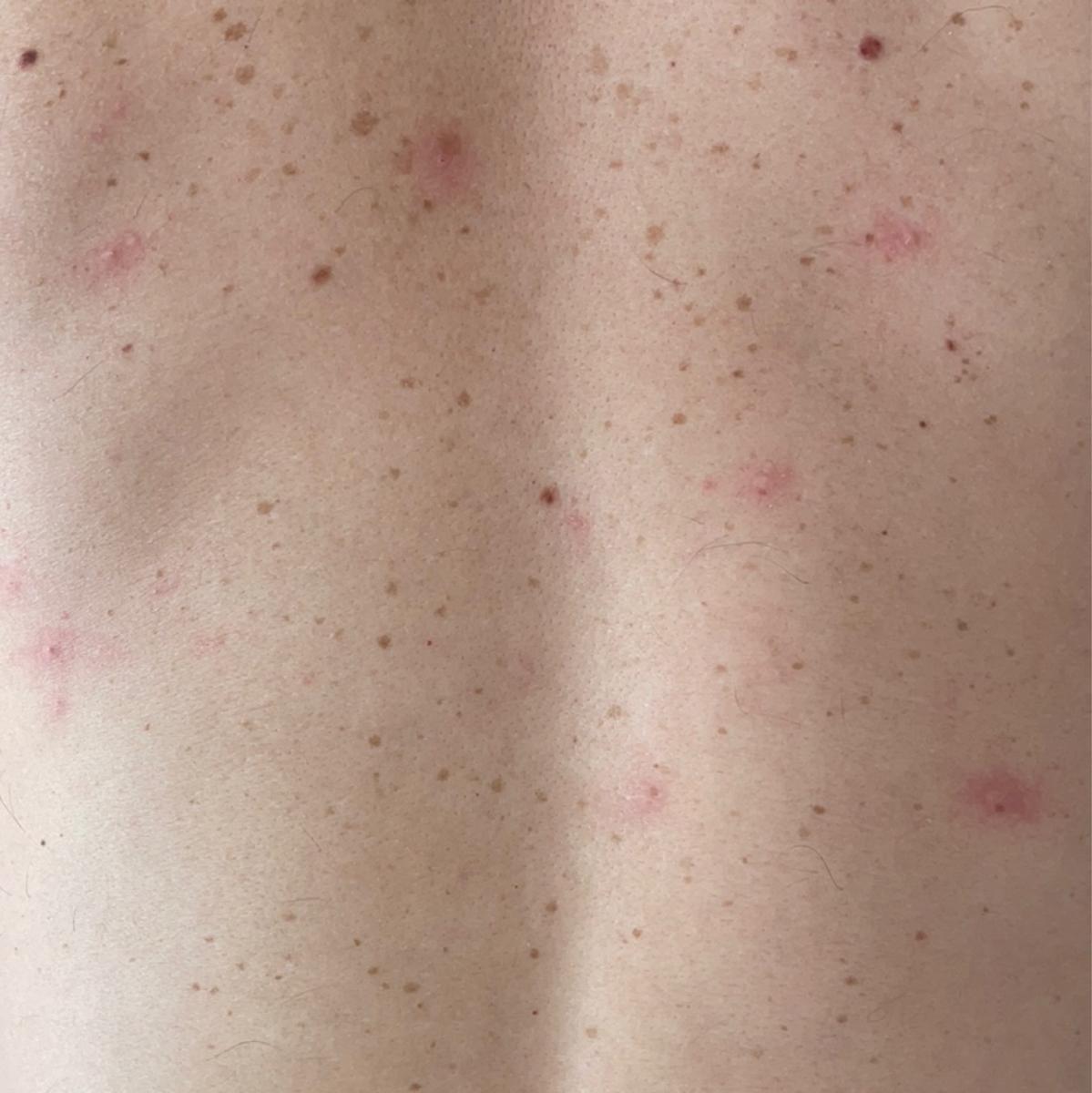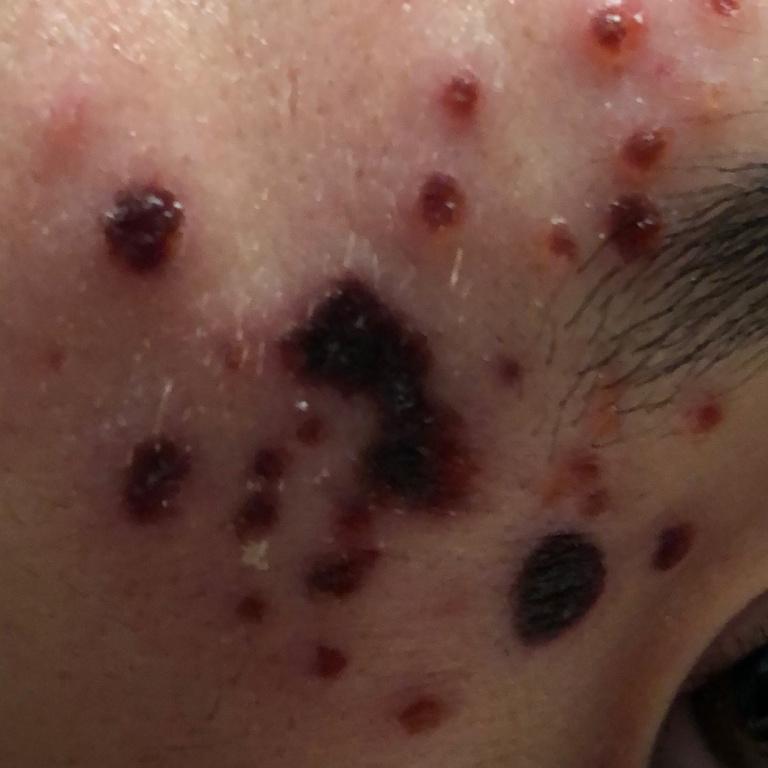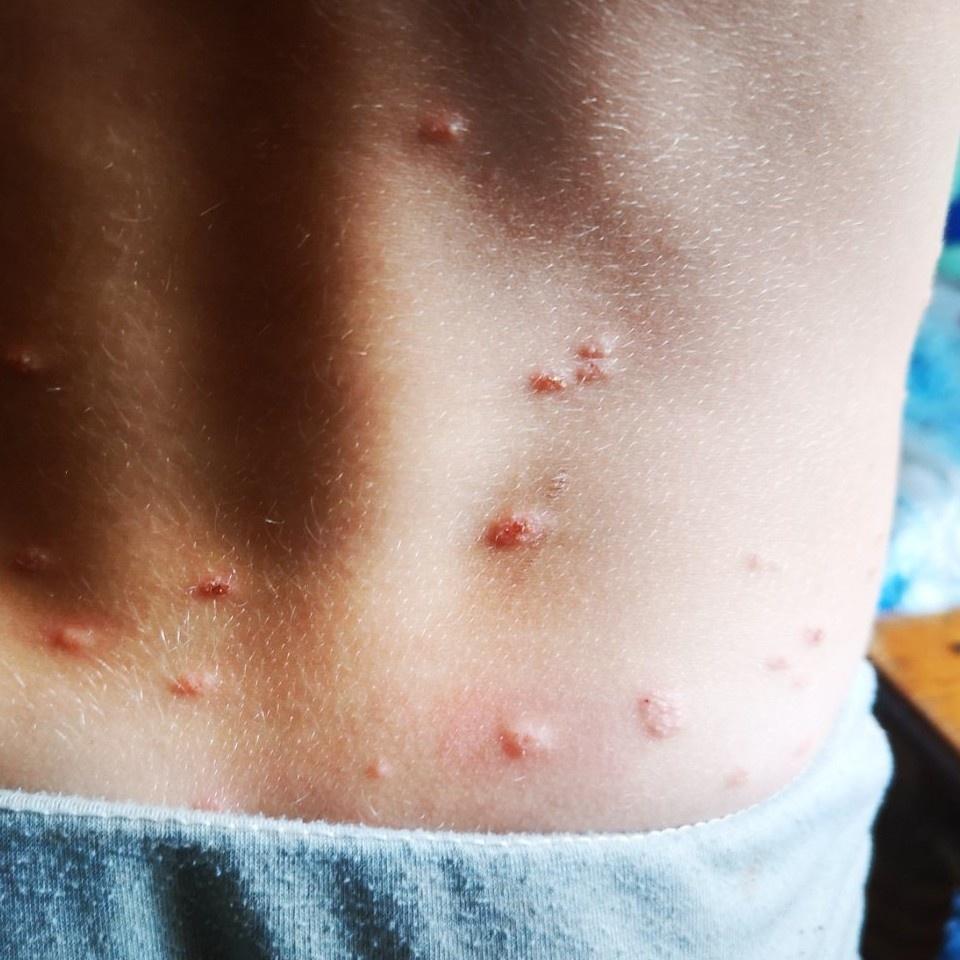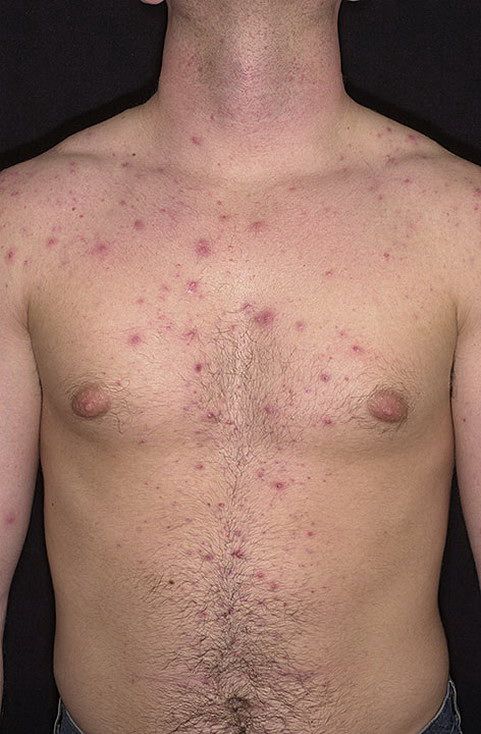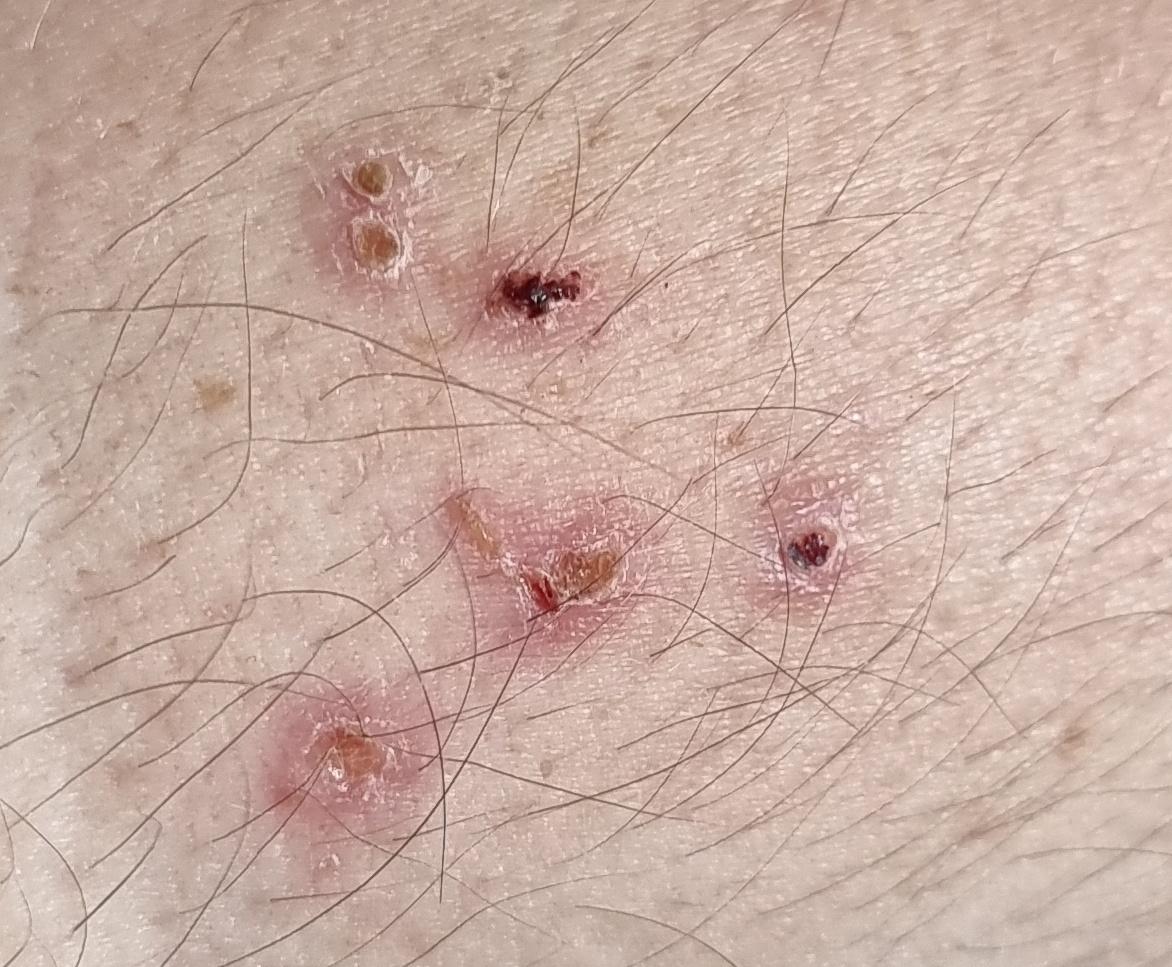Chickenpox is a highly contagious disease that infects up to 90% of children. Symptoms include fatigue, fever, and loss of appetite, followed by a red rash with itchy papules and vesicles. Treatment usually focuses only on reducing the intensity of accompanying symptoms.
Chickenpox is usually mild and goes away on its own in healthy children. However, this disease can be associated with a high risk of complications for infants or for children and adults with compromised immune systems.
Chickenpox is caused by the varicella-zoster virus, which is a member of the herpes virus family.
The virus is spread by airborne droplets or by direct contact with fluid from an infected person’s blisters. The disease is usually spread by coughing and sneezing.
The disease affects the five to nine-year-old age group, but with the rise in popularity of centers for young children, chickenpox is now more common in preschool children. The highest risk of infection is in the winter and spring seasons.
One episode of chickenpox gives lifelong immunity from re-infection. However, the virus remains in the body for life and can be reactivated years later in the form of shingles. Shingles can occur at any age, but is most common in adults over the age of 60.
Signs and symptoms
The initial symptoms of chickenpox include fatigue, mild fever, lack of appetite, and general malaise. This is quickly followed (usually within 24 hours) by a red rash that usually first appears on the chest and / or back and then spreads to the face, scalp, arms and legs.
After 12 to 48 hours, the rash turns into small red patches. They then turn into yellow blisters filled with liquid, which burst and dry out 3-4 days after emergence. Several sowing spots may appear in 4-5 days. The spots cause itching, which can be very intense. They can occur throughout the body, including the mouth and genitals. Some people may have only a few spots, while others have hundreds.
Symptoms begin to appear 10 to 21 days after exposure to the virus. Full recovery from chickenpox usually takes 7-10 days after the first symptoms appear.
Diagnostics
The diagnosis of chickenpox is usually based on symptoms, in particular the presence of the characteristic itchy red rash and the concurrent presence of different types of lesions. To confirm the diagnosis, it is imperative to consult an infectious disease specialist. Laboratory tests on blood samples and skin rashes can confirm chickenpox.
In no case can you ignore a visit to a doctor, since chickenpox can take on a severe course with the development of serious complications up to a threat to life.
Chickenpox treatment
Chickenpox in children, in the absence of other concomitant pathology, usually does not require special treatment. A careful dynamic observation is enough. Treatment is prescribed only with a deterioration in general health and active progression of rashes.
High-risk individuals, including people with weakened immune systems and pregnant women who are not yet immune to chickenpox virus, may be prescribed antiviral drugs such as acyclovir or varicella-zoster immunoglobulin. The purpose of this treatment is to reduce the severity of chickenpox and the risk of complications. However, the effect of the appointment of such drugs can be observed only if the administration is started as soon as possible after infection with the chickenpox virus.
People with chickenpox should stay at home until they are no longer infectious.
In addition to special antiviral treatment, supportive therapy can also be prescribed, which includes:
-
Antipyretic (with an increase in body temperature);
-
Pain reliever (in the presence of pain syndrome);
-
Eliminate itching with special lotions such as calamine or antihistamines;
-
In case of damage to the oral cavity – sparing food and soft drinks, you must avoid salty foods and citrus fruits;
-
To reduce the risk of infection of ulcers, it is necessary to trim the nails of children shortly, wash their hands often with antibacterial soap and treat them with an antiseptic. It is also necessary to avoid scratching and damaging the elements of the rash;
-
Clothing should be light and loose in order to reduce friction and the risk of additional trauma to the rash;
-
Eliminate skin overheating, which is especially important for children in the first years of life;
-
Rest, plenty of drink and good nutrition.
Complications
Although chickenpox is usually mild and goes away on its own, sometimes serious complications can occur, requiring more active medical intervention, up to hospitalization.
The most common complication is the addition of a bacterial skin infection. In these situations, antibiotic therapy may be required.
Other serious (but more rare) complications include pneumonia, sepsis, and encephalitis (cerebral edema).
In pregnant women, chickenpox can cause fetal abnormalities, underweight at birth. This occurs if an autoimmune pregnant woman contracts chickenpox between 8 and 20 weeks of gestation. Therefore, children with chickenpox should be isolated from pregnant women and newborns until they are no longer infectious.
People with weakened immune systems – such as those who are HIV positive, transplant recipients, or children with leukemia – are also prone to serious complications from chickenpox infection.
Prevention of chickenpox
A person with chickenpox is contagious 1-2 days before the rash first appears and for about 5-10 days after the last crusts have formed.
The nature of the infectious period makes it very difficult to prevent the spread of the disease. However, children should stay away from kindergartens, schools and public places while they are infectious. Adults with chickenpox who work with children should also stay at home.
The best way to prevent chickenpox is with a vaccine. One dose of the vaccine provides approximately 99% protection against severe varicella and 80% protection against varicella of any severity. Vaccination can prevent or reduce the severity of chickenpox if the vaccine is given within 3–5 days of exposure
